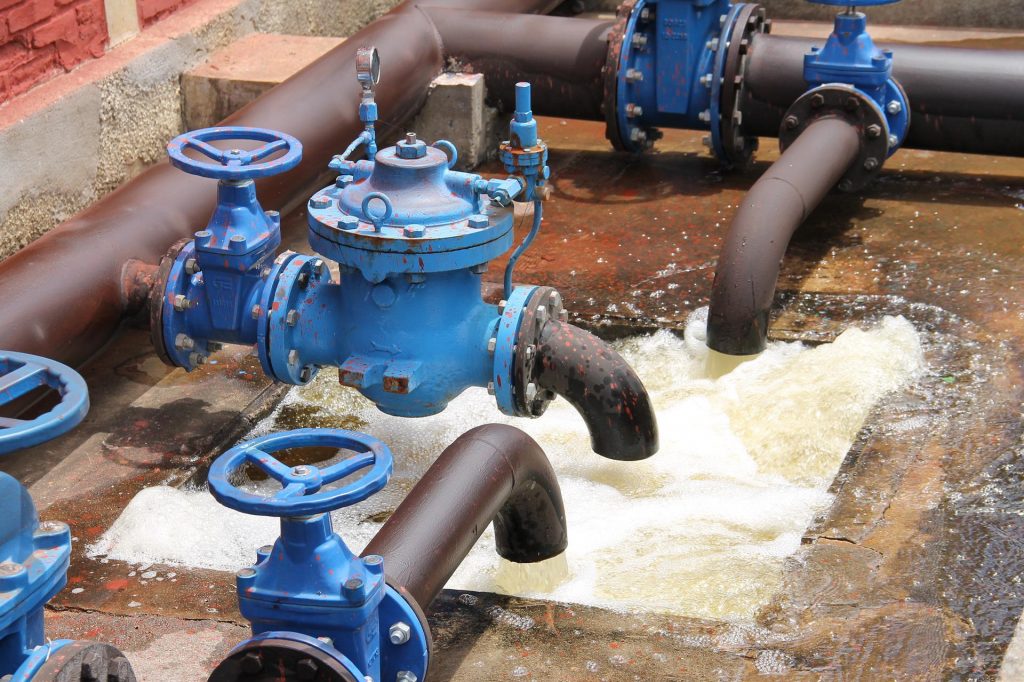Which is the best kind of irrigation system for your lawn?
Taking great care of a lawn takes a lot of time and effort, but there are ways to streamline some of that job and make things easier nowadays.
Commercial Irrigation systems that are regulated have been there for a long time and have shown to be the most effective way to irrigate your yard and plants. However, not all watering systems are created equal. There are two main varieties in general, and they serve quite distinct purposes. So, which one should you choose? Is a sprinkler system or drip irrigation preferable for your lawn?
What Is Drip Irrigation and How Does It Work?
Drip irrigation, commonly referred to as micro-irrigation, is a low-volume, targeted irrigation method. This precision irrigation technology has been demonstrated to decrease water and fertilizer consumption by distributing or “dripping” water slowly, continuously, and precisely to the designated destination: the soil surface, root zone, or plant base, for example, using a system of valves, tubes, and transmitters.
Subsurface drip irrigation is an additional type of drip irrigation. This irrigation method can be made even more effective by burying drip irrigation, which eliminates the risk of surface absorption and weed growth.
Drip Irrigation’s Benefits
- Landscapes that are irregularly shaped or sloped are simple to accommodate.
- Weed prevalence has decreased.
- Soil erosion has decreased.
- Consistent water distribution has increased.
- Fertilizer targeting has been enhanced, and the risk of run-off has been reduced.
- Risks have been decreased by minimizing water contact with foliage.
Drip Irrigation’s Negative Effects
- The tubing might be damaged by the sun.
- Without sufficient filtering, tubing might clog.
- Unlike sprinkler systems, they cannot be utilized to manage frost.
- It can be difficult to determine the efficiency of watering in real-time.
Sprinkler Irrigation: What Is It?
Sprinkler or spray irrigation methods use pressure-controlled spray heads and rotors, as opposed to drip irrigation, which could go undetected in the landscape. Water is broken up into small water drops by innovative head nozzles, simulating rain.
Sprinkler Irrigation Benefits
Sprinkler irrigation on business premises can cover big areas such as lawns. Here are a couple of extra advantages sprinkler irrigation can provide for a business:
- Irrigation is used frequently and lightly to replace rainfall when it is scarce.
- Water supply systems that are uniform can be easily controlled and regulated.
- Lawns have shown responsiveness to more efficient irrigation changes.
- Spray patterns can be changed.
Sprinkler Irrigation’s Drawbacks
Sprinkler irrigation for industrial sites will necessitate an expert adjustment to achieve adequate distribution. One malfunctioning element of the sprinkler system makes things ineffective or, worse, unusable if the upkeep is ignored or hardware is interfered with. Sprinkler irrigation may also have the following drawbacks:
- Wind and severe temperatures cause unequal water application.
- During irrigation, water is lost due to evaporation.
- Wetting the leaves can make them more susceptible to disease and fungal growth.
- Spray angles that are not properly managed near a building and pathways can harm fittings and cause slick surfaces.
Sprinklers are a good commercial irrigation system and irrigation is ideal for lawns since it closely resembles natural rainfall. Sprinklers shoot water into the air after being pumped through a system. The water condenses into little drops that fall evenly to the earth. Sprinkler systems should be used early in the morning to prevent water loss due to evaporation.
